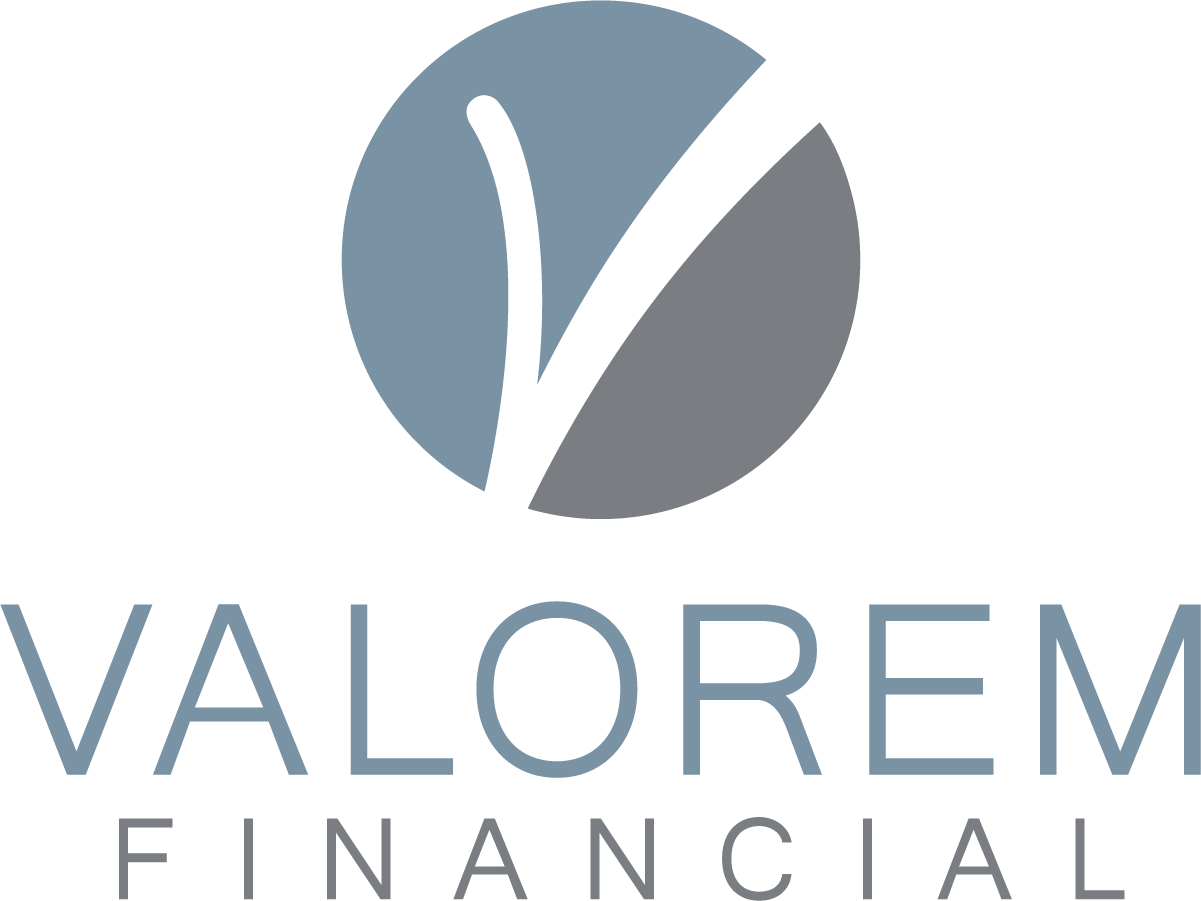Whether your retirement date is fast approaching or you still have a few years to go, it’s important to take steps to boost your nest egg so you’re better prepared to meet your goals. Consider the following five strategies for maximizing your savings potential.
- Maximize tax-advantaged contributions
Get the most out of your savings by maximizing tax-deferred contributions to your IRAs and 401(k) plans. In 2023, you and your employer can contribute up to a total of $66,000 to your traditional 401(k). If you don’t have a 401(k) or want to save more, you can contribute $6,500 to an IRA.
- Take advantage of catch-up contributions
If you are over age 50, you can exceed the standard annual contribution limits of your IRA and 401(k) accounts. This allows investors close to retirement to supercharge their savings, putting away more tax-deferred funds for the future. In 2023, you can use catch-up contributions to put away an additional $1,000 in your IRA and an additional $7,500 in your 401(k).
- Explore your HSA investment options
If you have a high-deductible insurance plan you can use an HSA to set aside pre-tax funds to spend tax-free on deductibles, co-pays, and other qualified medical expenses either now or in the future. If you’re single, you can deposit up to $3,850 each year into your HSA, and up to $7,750 for family coverage for your spouse and/or children.
HSA account holders can invest the funds in stocks, bonds, mutual funds, or ETFs, but only a small fraction take advantage of this option. According to a study by the Employee Benefit Research Institute, only 9% of HSA account holders currently invest their funds—everyone else is keeping their HSAs in cash.
Investing allows your HSA funds to potentially grow over time. That can provide extra funds for health care costs now, and, after age 65, you can make taxable withdrawals from your HSA for any reason without penalty. Explore your HSA investment options with your financial advisor to maximize the potential of your HSA funds after you’re no longer working.
- Consider a Roth conversion
You may be able to roll over funds from your traditional 401(k) account to a Roth IRA to provide a bucket of tax-free income you can draw from when you retire. Contributions to 401(k)s are made pre-tax, so when you roll the funds over to a Roth, you’ll have to pay taxes on them. From there, they can grow tax-free, and you won’t pay taxes on them when you make withdrawals.
This maneuver can be tricky. In part, that’s because Roth IRA contributions are limited by how much you make. You can only contribute the maximum if your modified adjusted gross income (MAGI) is less than $138,000 ($218,000 if you’re married filing jointly). Beyond this income threshold, your contribution limit is decreased until it phases out entirely at $153,000 for single filers, or $228,000 for joint filers.
- Assess your annuity options
If you still have retirement money to invest after you’ve maximized your 401(k) and IRA options, an annuity may be suitable. An annuity is an insurance product that you can purchase with a lump sum of cash or a series of payments. Depending on the specific annuity, you may be able to access market upside while also guaranteeing a level of income in retirement.
You have a range of options for maximizing your savings and retirement income. We realize everyone’s situation is unique, so if you have any questions or concerns about your situation, please don’t hesitate to reach out. Let’s make sure your money will serve you well in retirement.
Information provided by Valorem Financial and written by Oechsli a non-affiliate of Cetera Advisor Networks, LLC and CWM, LLC.
This piece is not intended to provide specific legal, tax, or other professional advice. For a comprehensive review of your personal situation, always consult with a tax or legal advisor. Neither Cetera Advisor Networks LLC nor any of its representatives may give legal or tax advice.
Converting from a traditional IRA to a Roth IRA is a taxable event. A Roth IRA offers tax free withdrawals on taxable contributions. To qualify for the tax-free and penalty-free withdrawal or earnings, a Roth IRA must be in place for at least five tax years, and the distribution must take place after age 59 ½ or due to death, disability, or a first-time home purchase (up to a $10,000 lifetime maximum). Depending on state law, Roth IRA distributions may be subject to state taxes.


